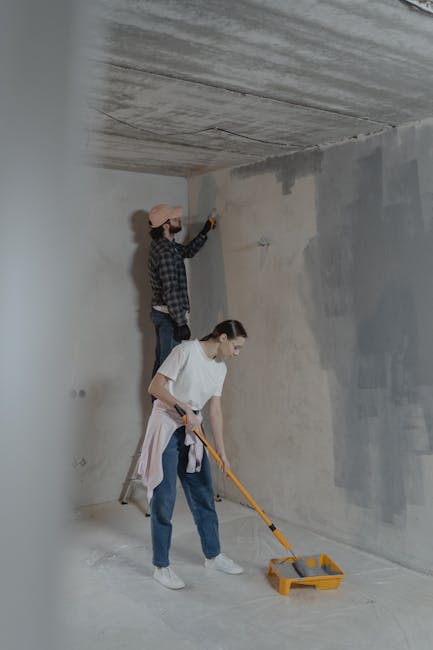Learning The “Secrets” of
 Mastering the Art of Painting and Finishing: Tips and Techniques
Mastering the Art of Painting and Finishing: Tips and Techniques
Paint and completing are important skills whether you’re working with a DIY task or a specialist task. These processes not just improve the aesthetic appeal of surfaces however also protect products from ecological wear and tear. Recognizing the nuances of paint and finishing can considerably boost the top quality of your job, bring about magnificent results that stand the test of time.
The primary step to achieving a flawless finish begins long prior to the brush touches the surface area. Prep work is vital; it involves cleaning, sanding, and topping the location to ensure appropriate bond of the paint or finish. Ignoring this important action can result in peeling off, bubbling, and a general disappointing look. Put in the time to examine the surface area you’re dealing with, fixing any kind of damages and ensuring it is clean and completely dry. This attention to information will settle, permitting a smoother application procedure.
Choosing the best sort of paint or surface for your project is similarly essential. There are a number of varieties readily available, including water-based, oil-based, and specialized finishings fit for various materials and atmospheres. Each kind has its very own collection of pros and cons; for example, water-based paints completely dry much faster and are easier to tidy up, while oil-based paints supply a durable coating that is optimal for high-traffic areas. Investigating and selecting the appropriate product for your certain needs will certainly boost the toughness and appearance of your work.
When you have actually prepared the surface and selected the appropriate materials, it’s time to apply the paint or finish. Techniques such as making use of a roller or brush, splashing, or even dipping can produce varying outcomes. Utilizing the ideal strategy includes comprehending the details demands of the finish you are collaborating with. As an example, brush strokes might leave visible lines, while sprayers can generate a smooth, even coat without appearance. Remember to apply multiple thin layers instead of one thick layer to stop drips and ensure an also finish.
Ultimately, do not undervalue the relevance of post-application treatment. Enabling appropriate drying time is essential, as hurrying this step can compromise the resilience and look of your completed task. Furthermore, consider including a topcoat for added security, particularly for surfaces that will be exposed to put on. With the ideal methods in place, you can understand the art of paint and completing, changing your jobs into gorgeous artworks that are both practical and visually enticing.